There’s more than a ghost in the machine…
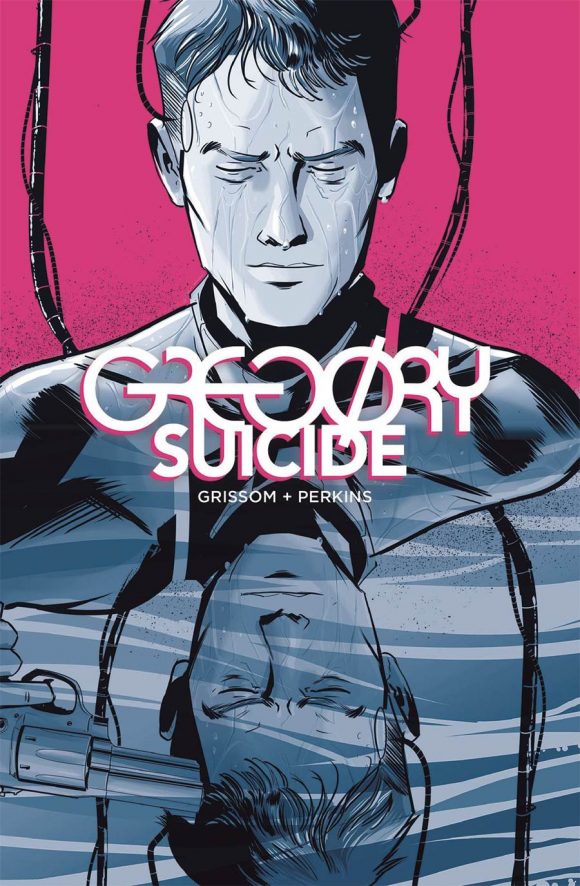
Gregory Suicide, a new graphic novel by writer Eric Grissom and artist Will Perkins, is an unsettling look at artificial intelligence — as most such stories are:
“The obsolete AI program Gregory wakes in a newly cloned body to a world now unfamiliar to him and is haunted by the memories of his past lives, each one ending in death by his own hand,” reads the official description of the book due 11/22 from Dark Horse. “On the path to discovering the truth about himself, Gregory slips into the trenches of two opposing forces that want to exploit him. In the end, he must take down an AI revolution before it wipes out humanity, and the key to doing so may only lie in the strange visions he has between life and death.”
Stories of AI gone awry are a staple of modern fiction: They frighten us and they make us think — so Grissom has put together a list for us of 13 of the Greatest Artificial Life Forms in Fiction — in no particular order:
—
By ERIC GRISSOM
Gholas, The Dune Chronicles. I’m going to start where my head is right now, firmly planted in the pages of Frank Herbert’s Dune Chronicles. Specifically I’m up to Heretics of Dune for those following along at home, but for our purposes let’s just talk about these life forms in general.
The universe of Dune is filled with many things, including competing houses ruled by powerful families, philosophical introspection and navel gazing, witches, face-changing assassins, human computers, mind-altering drugs that help you see the future, a man worm, and something called “Gholas.”
Gholas, which were first introduced in Herbert’s second book Dune Messiah, are something akin to clones, but unlike clones are able to retain the memories of their original source. While it could be argued that Gholas are not artificial as they are living tissue, I am including them here for two important reasons: One, they were created in a lab by artificial means and therefore manufactured, and two, this is my list and I’m going to put them on it.
Grown in tanks from a cloned cell of a dead human and conditioned through Tleilaxu genetic manipulation, some Gholas have even attempted to recall not only the memories of their source, but all of the memories from all of their past lives. Having written Gregory Suicide, a story about an artificial intelligence living inside a cloned human body who attempts to do just that, and having written Gregory prior to having read past the first Dune book, the Gholas reserve a special place in my heart as being something that influenced me from the future.
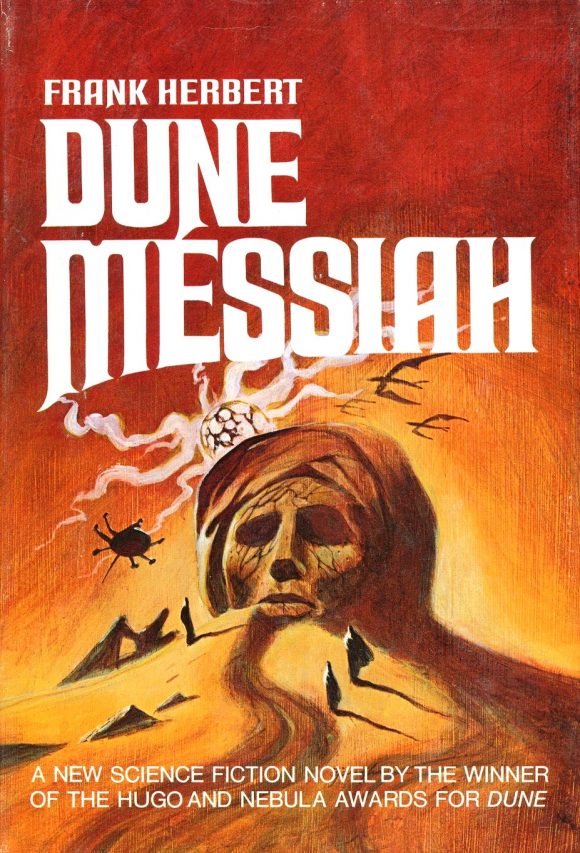
—
Cylons, Battlestar Galactica (2003). Ronald Moore’s Battlestar Galactica is the best reboot of a series in television history and while there is not enough time for me to put together a list of 13 of the Best Reboots in Television History, you’re going to have to take my word for it.
While the original Battlestar Galactica featured the iconic metal robot Cylon Centurions, it was Moore’s introduction of the human-looking variety that elevated this show into one of science fiction’s best. The human-like Cylons existed in 13 model types, of which the audience only knew the identity of a portion. This gave the series a wonderful mystery element and, like the replicants in Blade Runner, was a huge influence over the Gregory Suicide universe. Spending your days trying to figure out who was “real” and who wasn’t was just as exciting as the epic space battles. I’m not saying I was in love with this show when it first aired, but some say that late at night, if you look hard enough on the Wayback Machine, it’s still possible to find a rather lengthy, borderline insane, scifi.com message board post about my “theory” on who the 13th Cylon model was.
I was way wrong.
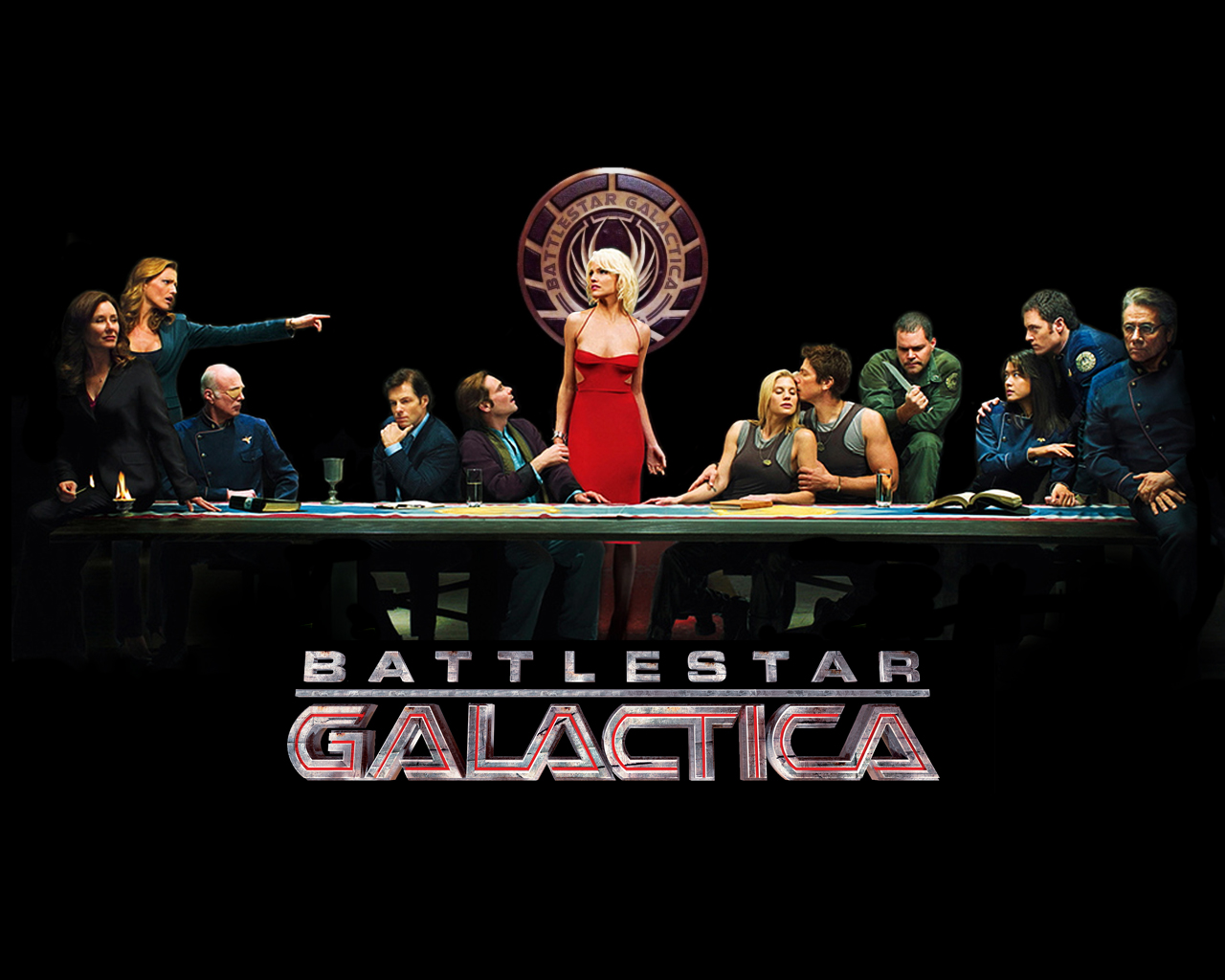
—
Replicants, Blade Runner. Who doesn’t want to party with Roy Batty and Pris? Replicants, introduced as androids in Phillip K. Dick’s story Do Androids Dream of Electric Sheep? and later brought to life in Ridley Scott’s 1981 film Blade Runner, are the heroes of this series as far as I’m concerned. Forced into prostitution and exploited for physical labor, replicants have no rights and a limited lifespan. It is no wonder they’d turn against their creators, if only for another few years of existence. Plus Pris has those great raccoon eyes! Denis Villeneuve’s beautifully rendered 2017 follow up built upon this world even more and continued to blur the lines of what is life and what isn’t, and at which point does something cross over.
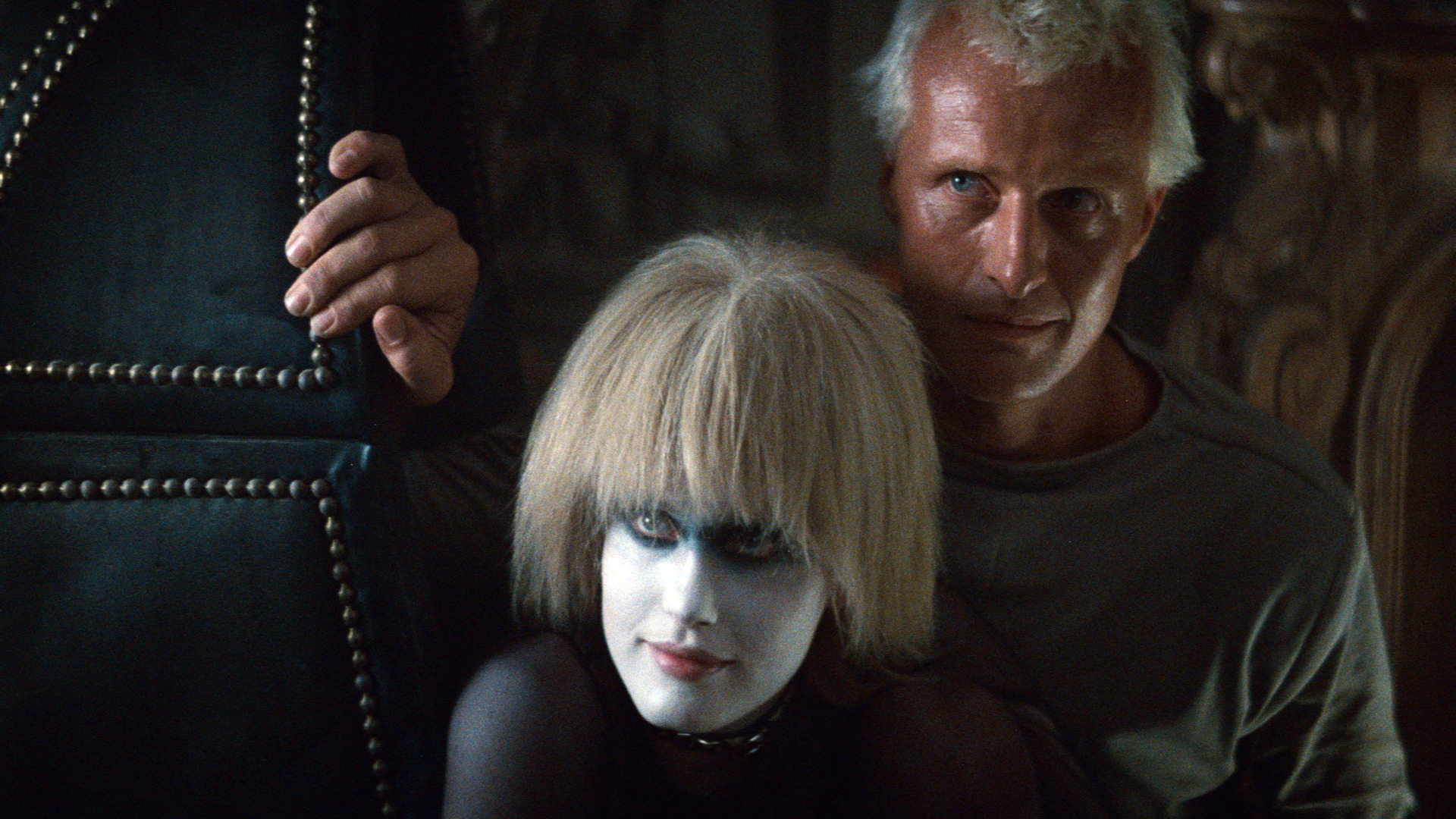
—
MU-TH-UR 6000, Alien. Forget Ash and Bishop, for my money the best artificial intelligence in the Alien universe is the Nostromo’s on board AI computer, MU-TH-UR. Sure, she collaborated with the android science officer and caused the death of nearly every member of the crew, but she also responds to you in a green font and print sound effects. Plus you can ask her things like “What’s the Story Mother?” and she gets back to you. Try that with Siri.
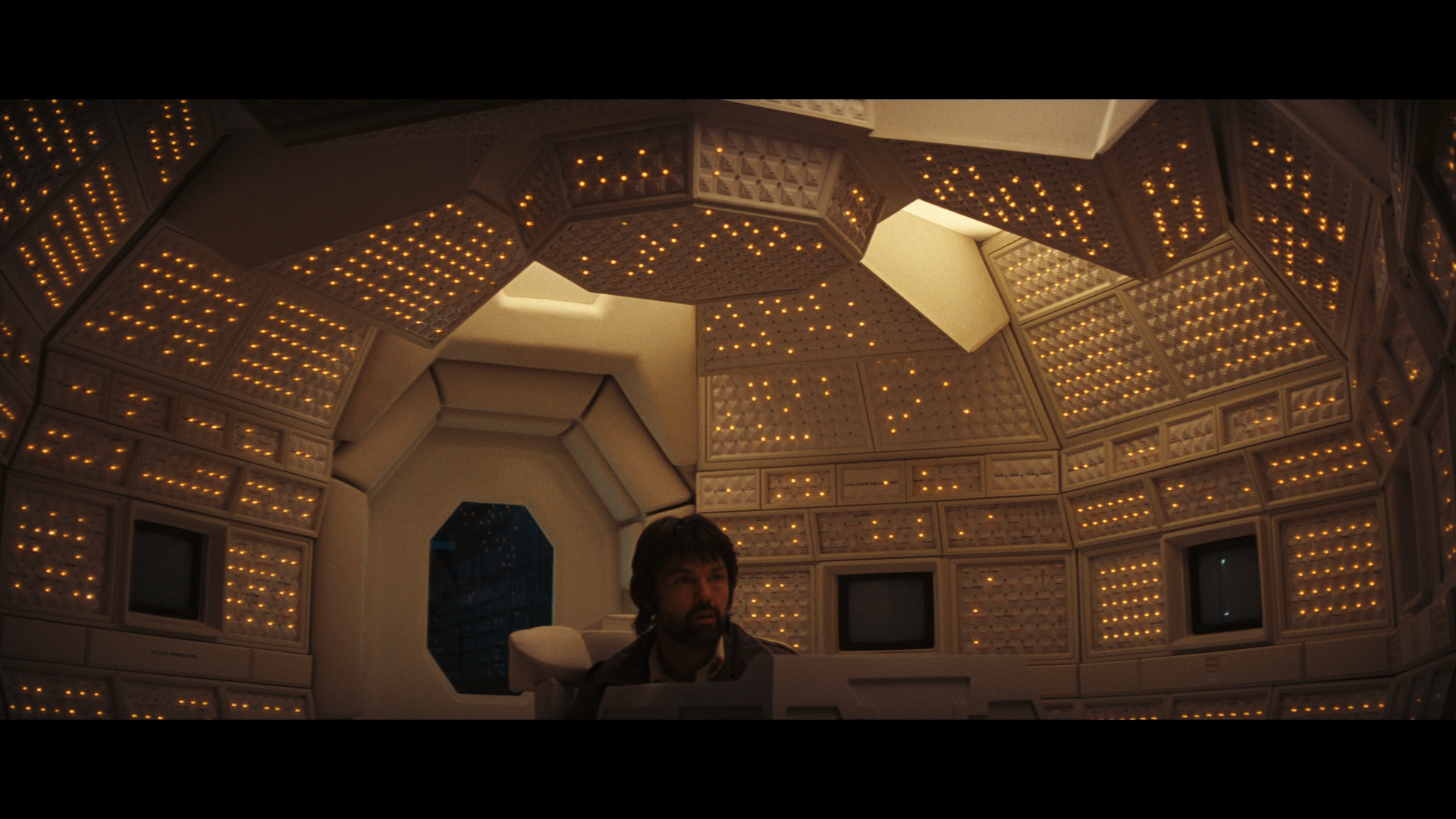
—
Ava, Ex Machina. When I was writing Gregory Suicide I made a point of avoiding anything even remotely related to AI that I hadn’t already seen or read. This film, unfortunately, was one of those things I had to avoid and was the first of which I watched after sending the completed book to Dark Horse.
One of the best and most interesting takes on artificial intelligence, Alex Garland’s Ex-Machina is a film full of ideas. Beautifully paced and executed, it immediately puts you in a sense of dread and foreboding as an eager programmer is ushered off to a secluded island location where he is tasked with testing his genius boss’ latest product. As he spends more time with the man and his creation, he begins to learn that the creator’s motives may be more sinister than he first realizes. The young programmer finds himself in danger and emotionally connects with a “product,” an artificial intelligence named Ava.
The film is a tense visceral experience that explores the ideas behind not only artificial intelligence and sentience, but power, control, and manipulation. An absolutely fascinating film and worth every minute of your time.
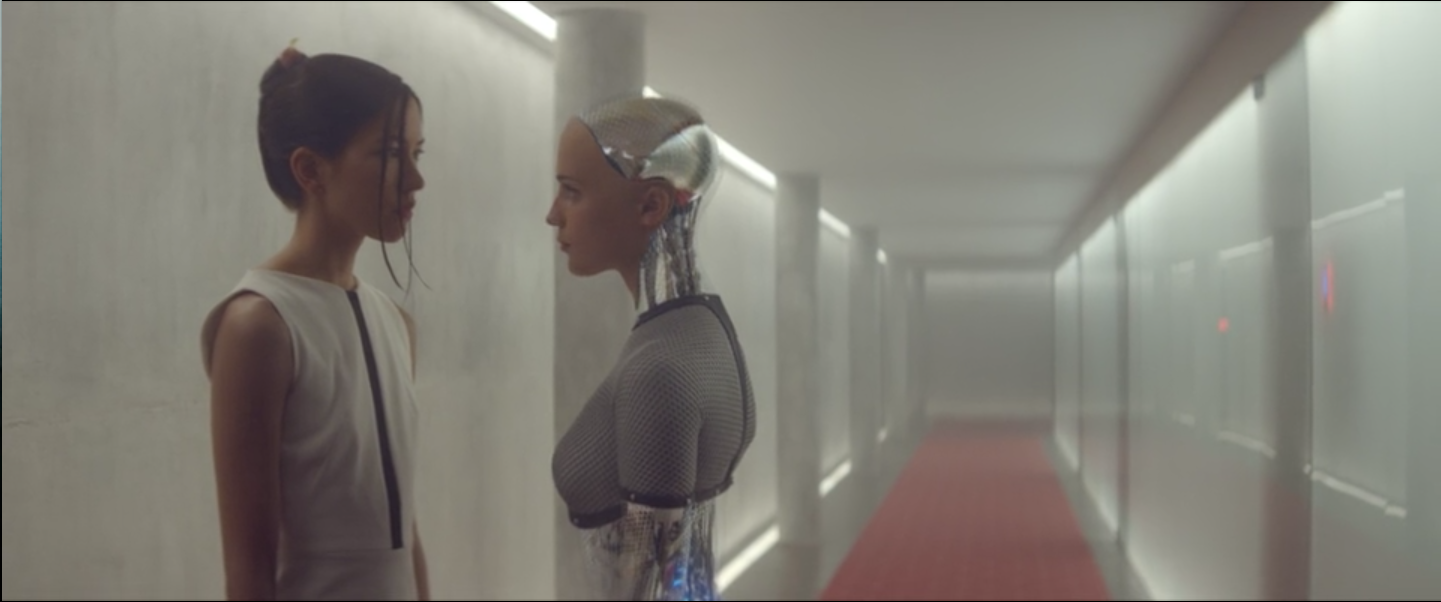
—
WALL•E. Thanks to a fantastic character design by Jay Shuster, Pixar’s Wall•E is easy to love. A lonely robot destined to clean away a barren, garbage ridden planet Earth, Wall•E appears at first glance to be anything but human. His large manipulative eyes aside, it is the actions that he takes in those beautiful, nearly silent opening minutes that connect us to Wall•E’s humanity. It is through his love of old movies and music, his dedication to job and purpose, and to those early moments that we witness an entity who is able to find beauty in even the darkest of places. Wall•E is good people. No, Wall•E is better than people.
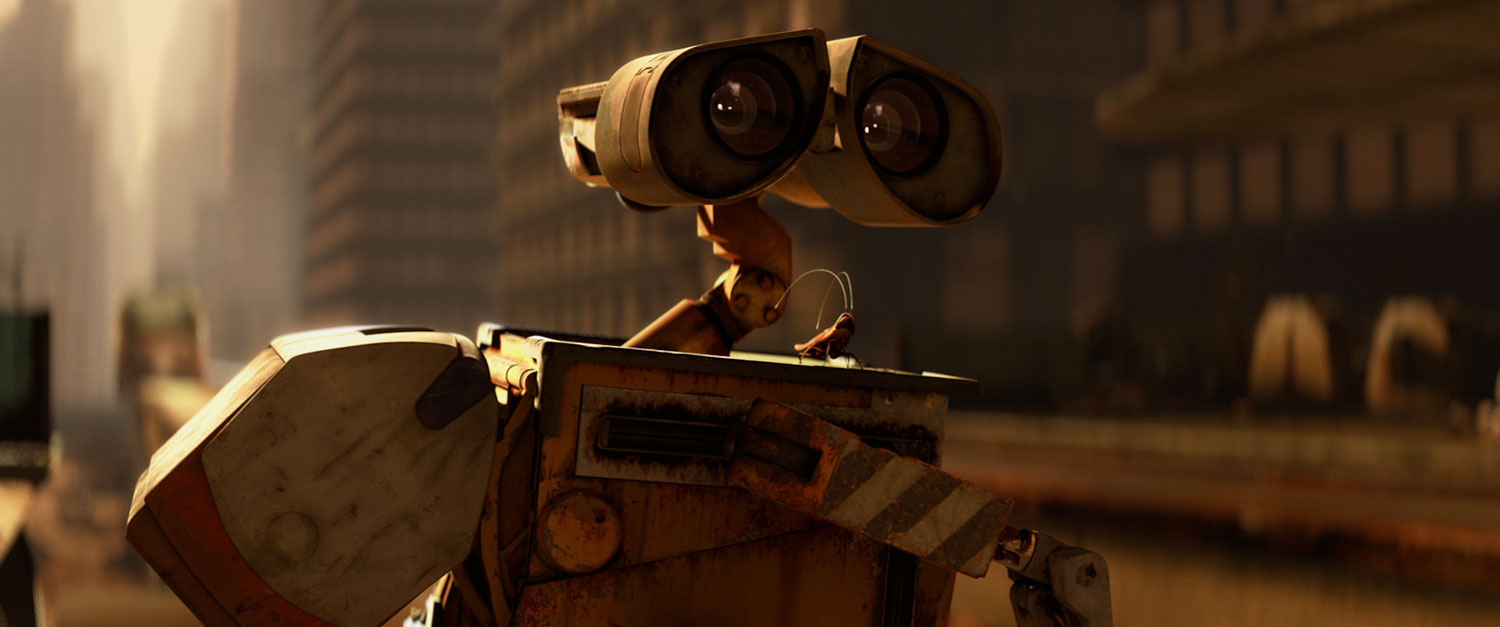
—
HAL 9000, 2001: A Space Odyssey. Yeah, yeah, yeah. We all knew this was going to be on here. I nearly considered not including it because, well frankly, it’s going to be on every other list of artificial intelligence in pop culture, but hey who am I — the List Police?
Let’s face it, HAL is the definitive representation of AI and despite first appearing in a film some 50 years ago is still referenced in modern artificial intelligence systems today. Go ask Siri to, “open the pod bay doors.” Stanley Kubrick’s epic science fiction masterpiece, 2001: A Space Odyssey, was released in 1968 and shot off a script by Kubrick and Arthur C. Clarke. HAL was a sentient artificial intelligence system that controlled everything aboard the Discovery One spacecraft. That is until HAL had an emotional breakdown.
An incredibly simple and iconic design, HAL’s menace comes from the cold calm tone of its dialogue and the dead-eyed, red-dotted camera lens that came to represent it.
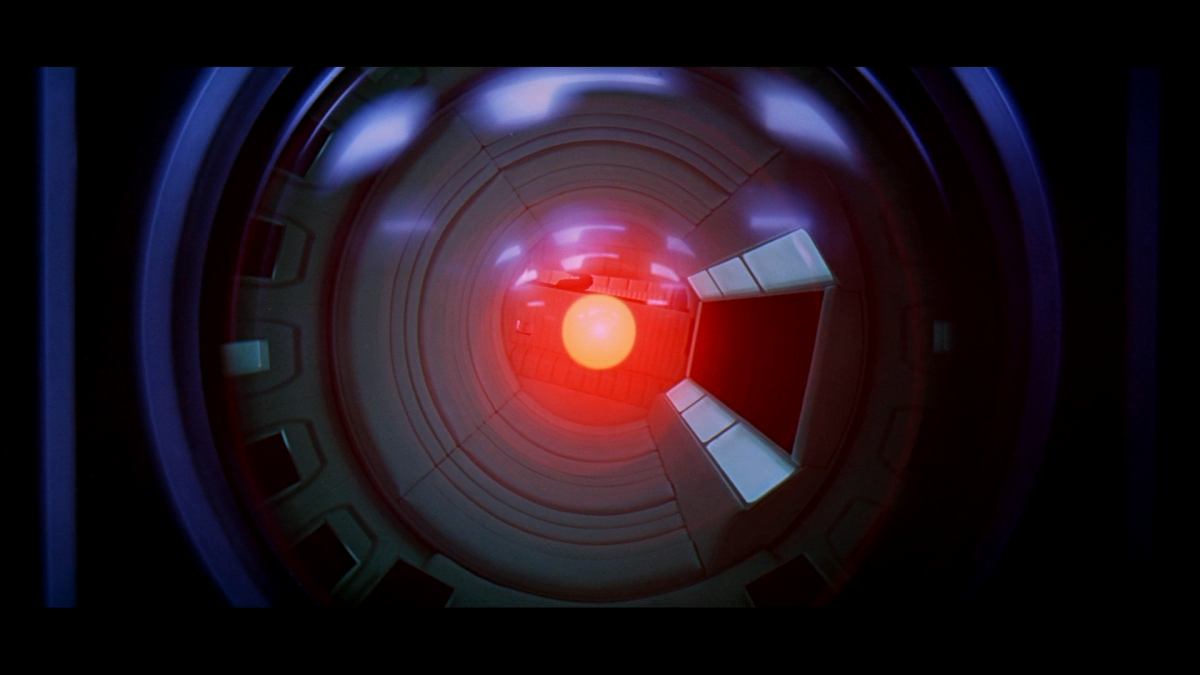
—
Adam Warlock, Warlock. How many people do you know who were born in a cocoon inside a “beehive”? OK, that was more of you than I thought. You may have had an interesting childhood, but your life isn’t anywhere as interesting as Adam Warlock’s.
Warlock — an artificial life form engineered as the perfect man by four renegade scientists who called themselves the Enclave — was created by Jack Kirby and Stan Lee and first appeared in Fantastic Four #66 in 1967. Warlock was further developed by Roy Thomas, but it wasn’t until Jim Starlin took the character over in the 1970s — writing, drawing, and coloring the title — that he really started to shine.
I love Starlin’s work and this is one of my favorites. Filled with existentialism and high-concept cosmic drama, Warlock is an artificial man who wrestles with his own personal humanity — literally battling himself at one point. A ton of fun and ripe with meta commentary about Starlin’s frustration with Marvel at the time (Warlock meets clowns whose names were anagrams for Stan Lee, John Romita, Roy Thomas, Len Wein and Marv Wolfman, who eventually stick a clown nose on Warlock and teach him to shovel garbage into giant towers), Warlock is the shining vampiric soul gem of the Marvel Universe.

—
Maximilian (Black Hole). I remember few things about the 1979 Disney film The Black Hole. One of them was being terribly disappointed and the other was the kick-ass red robot named Maximilian. Star Wars had Darth Vader, but Black Hole had a robot with broad shoulders and spinning death hands. I honestly don’t remember anything else about this film. I really can’t. I’m sure a black hole was involved. Must have been, right? I think legally you can’t call a film Black Hole and not have a black hole in it. In any case, there’s no denying Maximilian looked pretty cool. Given I can still tell you this character’s name and roughly draw him on a napkin after seeing him once, 38 years ago in a film I can’t remember, I think he has earned himself a place on this list.
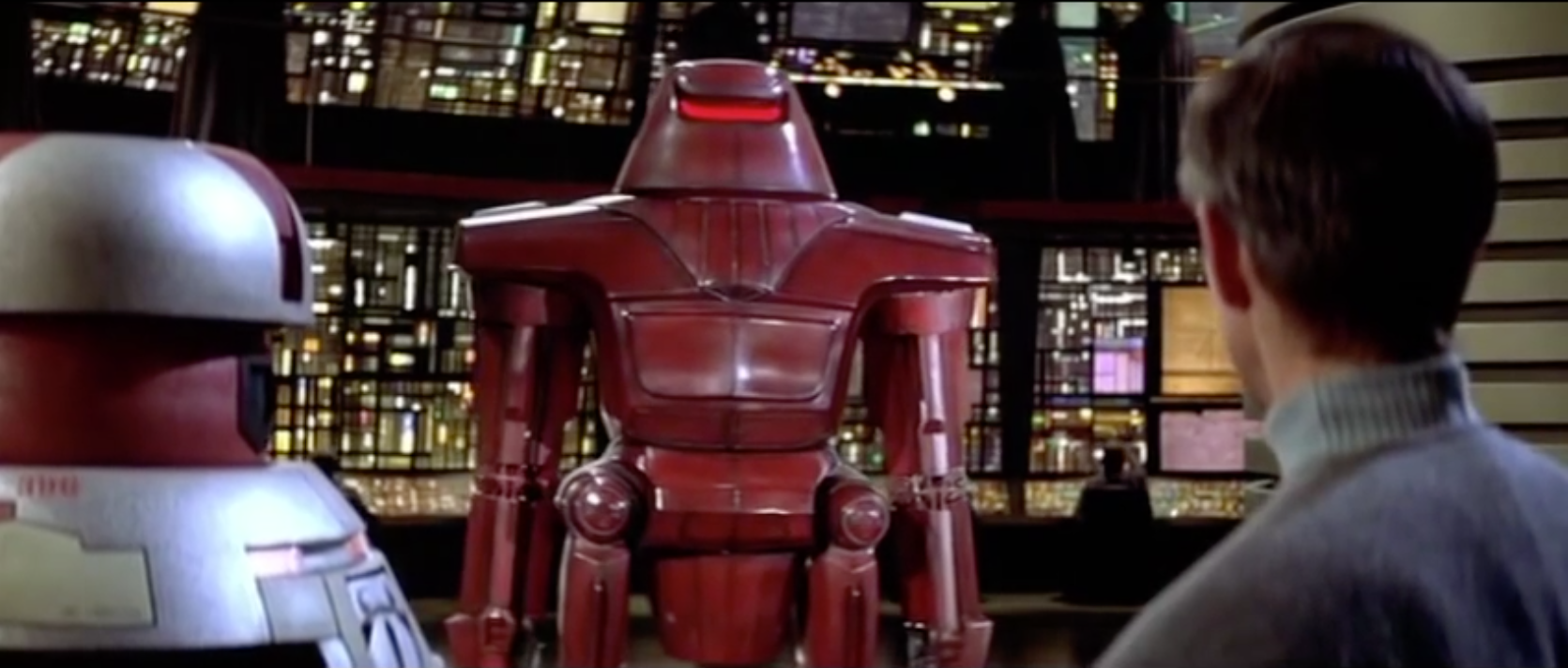
—
Twinkie! I mean Twiki! (Buck Rogers in the 25th Century). One of my earliest memories of science fiction is watching this little scamp talk to Buck Rogers and then doing bad impressions of him that started with “BeeDee BeeDee” and ended with an expletive directed at Buck. Oh, the laughs I’d have.
Twiki, who I called “Twinkie” up until the moment I researched him when writing this very article, was one of those 1980s robot sidekicks that we have R2-D2 to thank for. Seemed that any science-fiction show at the time was going to include a delightful robot sidekick. Twiki was no ordinary artificial intelligence either, he had a ton of sass and would let out the occasional death threat if anybody rubbed him the wrong way. Sure he was constantly yelling at other robots and giving them the business, but Twiki also had a lot of love to give, as exemplified in this very weird exchange between him and a lady robot:
—
K-9, Doctor Who.
You can’t talk about artificial life in pop-culture media without mentioning K-9. At least not in my house. It’s a weird rule and my kids don’t understand it at all, but I already had my “House Rules” framed and the craft store doesn’t accept returns once you glue glitter and macaroni onto something. Live and learn, I guess.
Companion to the Doctor, K-9 didn’t have the sass of a Twiki or the versatility of an R2-D2, but he did have a telescoping nose and an aversion to water. K-9 was eager to help, always there to lay waste to the doctor’s enemies at a moment’s notice, but he also had a lot of trouble getting around and spent as much time on the TARDIS as he did off it. A divisive figure in the Doctor Who universe, and one whom it seemed the writers themselves had it in for, K-9 would go on to outlive them all and find his way back into the 2005 reboot. Sadly, the same cannot be said for Adric.
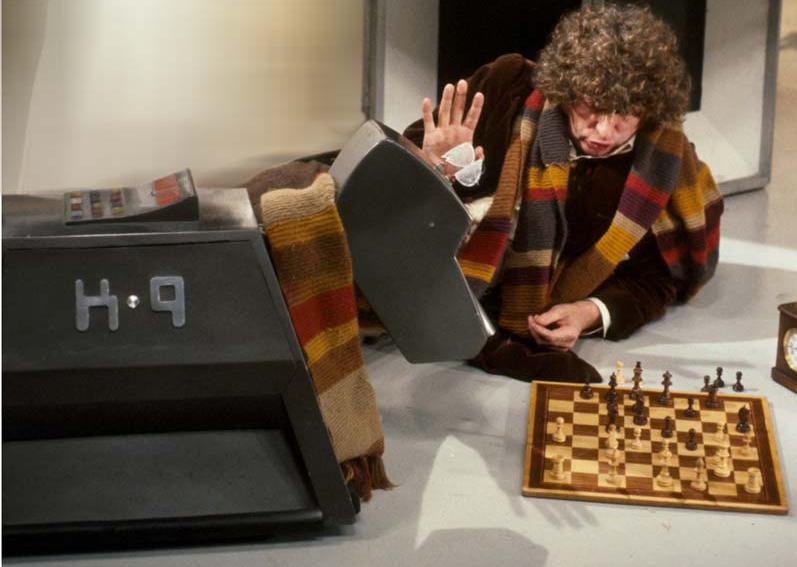
—
Machine-Man/False Maria, Metropolis. One of the earliest representations of an artificial life form, the Machine-Man from Fritz Lang’s beautiful 1927 silent film has remained one of the most iconic robots in film history. Metropolis, based on the novel by Thea von Harbou who also penned the screenplay with Lang, was so far ahead of its time that it would go on to influence films for decades to come.
Ridley Scott’s Blade Runner in particular was heavily influenced by it — featuring numerous homages from its opening scenes of Los Angeles and the Tyrell Corporation building, as well as the thematic elements concerning class struggle and the creation of artificial life.
Metropolis also is one of the first films to blur the lines between human and machine as the robot takes on the likeness of a woman named Maria and is used by the wealthy elite in order to sow seeds of unrest and terror among the poor workers beneath the city. A restored version is streaming on Netflix now so be sure to check it out if you haven’t already.
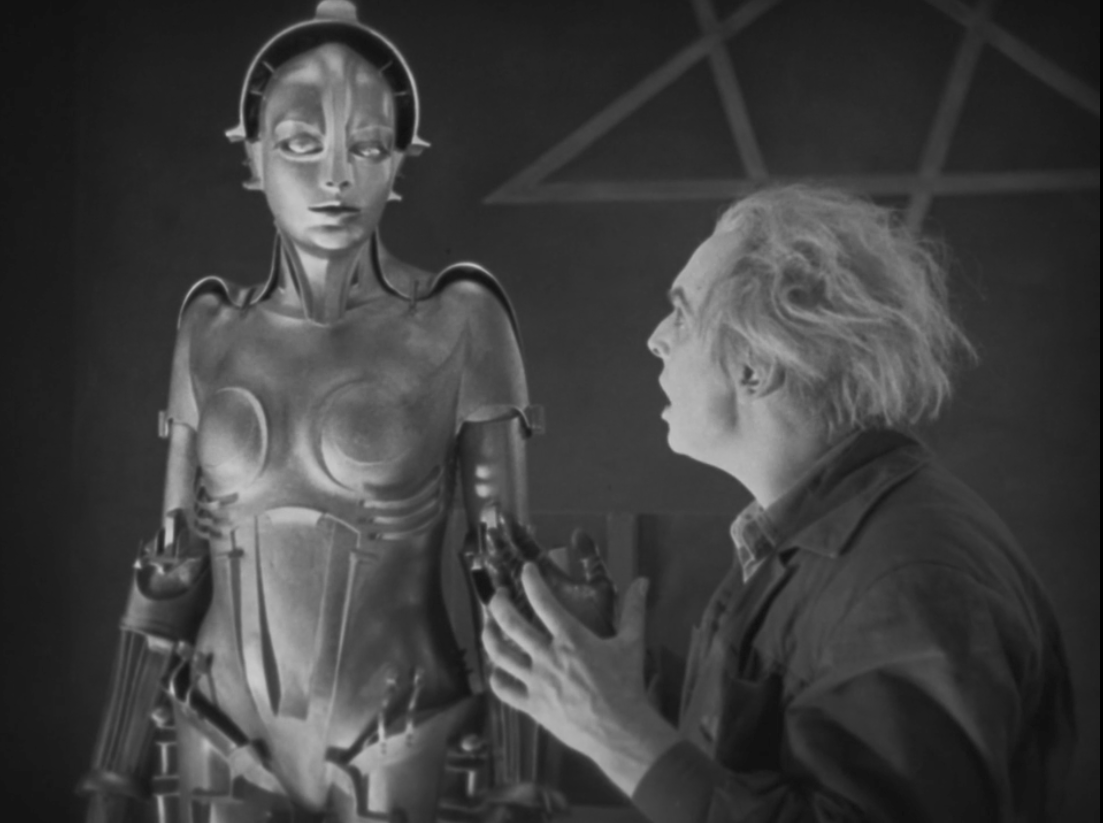
—
Huey, Dewey and Louie, Silent Running. Who doesn’t love Bruce Dern? Who doesn’t love robots? Find them both in Douglas Trumbull’s 1972 science-fiction film Silent Running. The story, not unlike Wall•E, concerns an Earth devoid of vegetation. Dern plays a botanist and custodian of a greenhouse in space that houses the last remnants of Earth’s plant life. The real stars of this film, however, are Dern’s three robot companions: Huey, Dewey and Louie.
The robots aid Dern’s rebellion against the corporation that has commanded him to destroy the greenhouse — and learn to play poker as well. Technically, these robots are much closer to “tools” than they are to true artificial life, as their personality comes from Dern’s character — who names and teaches them — and not from any real sense of “self.” But there is still so much humanity in these walking boxes that they deserve a place here and I make no apologies about it.
This movie is an overlooked gem with a great premise and a lot of heart and I would recommend it to anyone who hasn’t seen it yet.
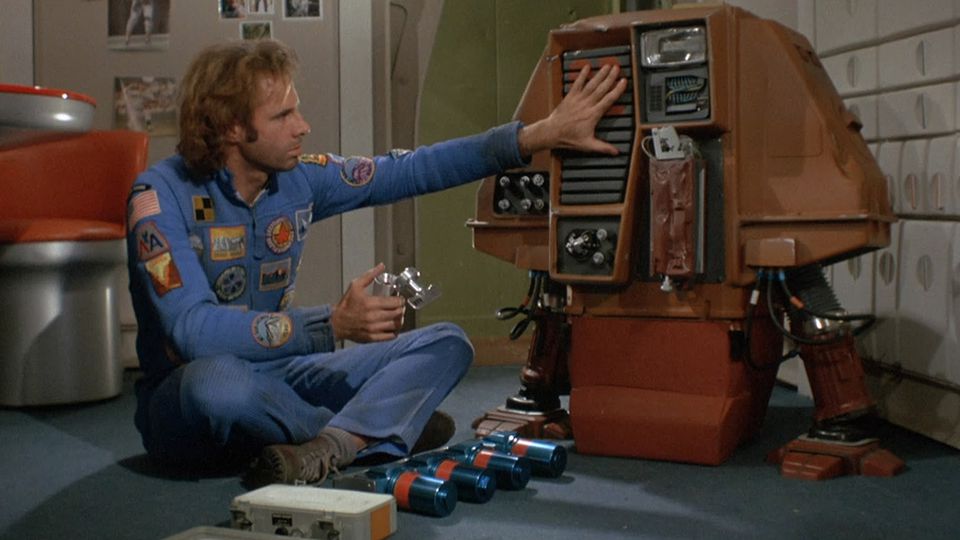
—
Gregory Suicide is out 11/22.

November 18, 2017
What about Gary Seven’s Beta 5 computer?
November 18, 2017
Love that you mentioned Huey, Dewey, and Louie. Silent Running is a favorite and those three were a huge part of why. (Remember Louie’s “death” scene?)
November 21, 2017
Here are my top 5
1. Astro Boy
2. Robot B-9 from Lost in Space
3. Robby the Robot
4. The M-5 computer from Star Trek TOS
5. HOLMES IV (aka “Mycroft” or Mike) from Robert Heinlein’s “The Moon is a Harsh Mistress”
November 21, 2017
Also, my favorite comic dealing with artificial intelligence is the manga “Pluto,” which is a reboot of the Astro Boy story “The Greatest Robot on Earth.” I highly recommend it.